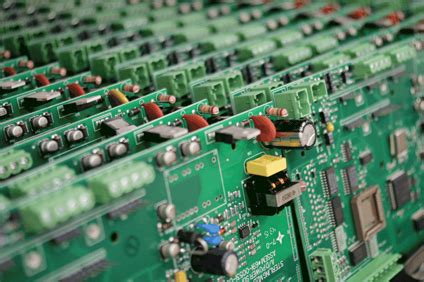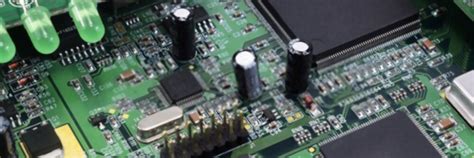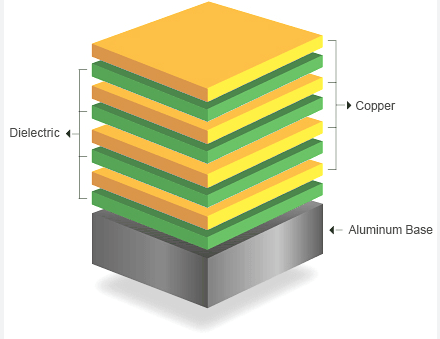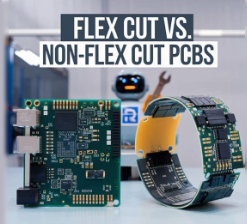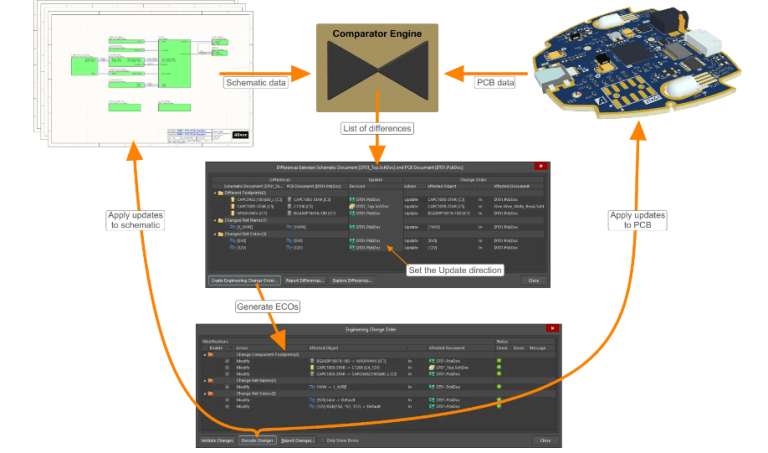PCB Technical Consultation: A Comprehensive Guide for Engineers and Manufacturers
Introduction
Printed Circuit Boards (PCBs) are the backbone of modern electronics, serving as the foundation for nearly all electronic devices. As technology advances, PCB designs become more complex, requiring specialized knowledge in materials, manufacturing processes, and regulatory compliance. PCB technical consultation plays a crucial role in bridging the gap between design and production, ensuring optimal performance, reliability, and cost efficiency.
This article explores the key aspects of PCB technical consultation, including its importance, common challenges, and best practices for engineers and manufacturers.
1. The Importance of PCB Technical Consultation
Technical consultation in PCB design and manufacturing helps businesses and engineers overcome challenges related to:
1.1 Design Optimization
- Ensuring proper trace routing, impedance control, and signal integrity.
- Minimizing electromagnetic interference (EMI) and crosstalk.
- Selecting the right materials for high-speed, high-frequency, or high-temperature applications.
1.2 Manufacturing Feasibility
- Verifying that designs meet fabrication capabilities (e.g., minimum trace width, via size).
- Avoiding costly redesigns by identifying manufacturability issues early.
- Recommending cost-effective production techniques (e.g., rigid-flex vs. traditional PCBs).
1.3 Compliance and Certification
- Ensuring adherence to industry standards (IPC, UL, RoHS, REACH).
- Assisting with testing and validation for military, medical, or automotive applications.
1.4 Troubleshooting and Failure Analysis
- Diagnosing issues such as short circuits, thermal stress, or signal degradation.
- Recommending corrective actions for defective PCBs.

2. Key Areas of PCB Technical Consultation
2.1 Material Selection
Choosing the right PCB substrate is critical for performance and durability. Consultants help select materials based on:
- Thermal Properties (e.g., FR-4, polyimide, ceramic-filled laminates).
- Dielectric Constant (important for high-frequency PCBs).
- Flexibility Requirements (rigid, flex, or rigid-flex PCBs).
2.2 High-Speed and High-Frequency Design
With the rise of 5G, IoT, and high-performance computing, PCBs must handle GHz frequencies without signal loss. Consultants assist with:
- Impedance matching and controlled impedance routing.
- Proper grounding techniques to reduce noise.
- Use of RF/microwave materials like Rogers or Teflon.
2.3 Thermal Management
Overheating can lead to PCB failure. Consultants recommend:
- Optimal copper weight and thermal vias.
- Heat sinks and thermal interface materials.
- Simulation tools (e.g., ANSYS, COMSOL) for thermal analysis.
2.4 PCB Assembly (PCBA) Considerations
- Component Placement: Avoiding tombstoning or solder bridging.
- Soldering Techniques: Reflow vs. wave soldering for SMT and through-hole components.
- Design for Testability (DFT): Incorporating test points for automated inspection.
2.5 Cost Optimization
- Balancing performance with budget constraints.
- Recommending panelization strategies to reduce waste.
- Identifying alternative materials or processes without sacrificing quality.

3. Common PCB Design Challenges and Solutions
3.1 Signal Integrity Issues
Problem: Signal distortion, reflections, or EMI in high-speed designs.
Solution:
- Use differential pair routing.
- Implement proper termination techniques.
- Simulate signal behavior using tools like HyperLynx or Altium.
3.2 Manufacturing Defects
Problem: Poor solder joints, delamination, or misaligned layers.
Solution:
- Follow IPC-A-600 standards for acceptability.
- Use Design for Manufacturability (DFM) checks before production.
3.3 Environmental and Reliability Concerns
Problem: PCBs failing in harsh conditions (high humidity, vibration).
Solution:
- Conformal coating for moisture resistance.
- Vibration-resistant mounting techniques.
4. The PCB Consultation Process
4.1 Initial Assessment
- Reviewing schematics, layout files, and design requirements.
- Identifying potential bottlenecks in performance or manufacturability.
4.2 Simulation and Analysis
- Running signal integrity, thermal, and stress simulations.
- Recommending design modifications based on results.
4.3 Prototyping and Testing
- Assisting with prototype fabrication and functional testing.
- Validating compliance with industry standards.
4.4 Production Support
- Liaising with manufacturers to ensure smooth production.
- Providing troubleshooting support during assembly.
5. Choosing the Right PCB Consultant
When selecting a PCB technical consultant, consider:
- Experience (industry-specific expertise in automotive, aerospace, medical, etc.).
- Technical Proficiency (familiarity with CAD tools like Altium, Cadence, KiCad).
- Reputation (client reviews, case studies, certifications).
Conclusion
PCB technical consultation is essential for overcoming design and manufacturing challenges, ensuring reliability, compliance, and cost efficiency. By leveraging expert guidance, engineers and manufacturers can optimize their PCBs for performance and longevity.
Whether you’re designing a simple consumer device or a complex aerospace PCB, professional consultation can save time, reduce costs, and prevent costly failures. Investing in expert advice early in the design phase is a strategic move that pays off in the long run.
Would you like further insights on a specific aspect of PCB consultation? Let me know how I can assist!

